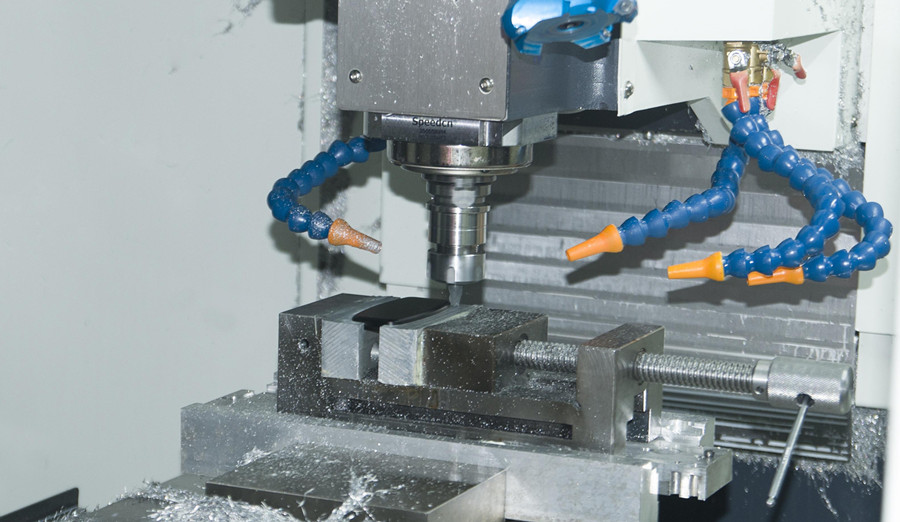Milling is to fix the blank, and use a high-speed rotating milling cutter to move on the blank to cut out the required shapes and features. Traditional milling is mostly used to mill simple shapes/features such as contours and grooves. CNC milling machines can process complex shapes and features.
The milling and boring machining center can perform three-axis or multi-axis milling and boring processing, which is used for processing, molds, inspection tools, molds, thin-walled complex surfaces, artificial prostheses, blades, etc. When selecting the content of CNC milling processing, the advantages and key functions of the CNC milling machine should be brought into full play.
In the actual production of milling processing, including machine tool setting, workpiece clamping, tool selection and other aspects of application skills, this issue briefly summarizes 17 main points of milling processing for everyone, each of which is worthy of your in-depth grasp.

- Power capacity
Check the power capacity and machine rigidity to ensure that the machine tool can use the required milling cutter diameter.
- Workpiece stability, workpiece clamping conditions and considerations.
- Make the tool overhang on the spindle as short as possible during overhang processing.
- Choose the correct pitch of the milling cutter and use the correct pitch of the milling cutter for the process to ensure that there are not too many inserts involved in the cutting, otherwise it will cause vibration.
- When cutting narrow workpieces or milling with gaps, make sure that there are enough blades to take a knife.
- Blade geometry selection
Use positive rake angle indexable inserts as much as possible to ensure smooth cutting action and lowest power consumption.
- Use the correct feed by using the recommended maximum chip thickness to ensure the correct feed of the insert used to achieve the correct cutting action.
- Use down milling as much as possible for the cutting direction.
- Part considerations are the material and configuration of the workpiece, as well as the quality requirements of the surface to be processed.
- Blade material selection
Choose the geometry and material according to the type of workpiece material and the type of application.
- Vibration-damped milling cutters
For longer overhangs that are more than 4 times the tool diameter, the vibration trend will become more obvious. The use of vibration-damping tools can significantly improve productivity.
- Choose the most suitable entering angle.
- Select the correct diameter of the milling cutter according to the width of the workpiece.
- The milling cutter is positioned correctly. Position the milling cutter.
- Milling cutter cutting in and cutting out. It can be seen that through arc cutting, the chip thickness when retracting is always zero, so that higher feed and longer tool life can be achieved.
- Coolant
Use coolant only when deemed necessary. Generally, milling can be performed better when no coolant is used.
- Maintenance
Follow tool maintenance recommendations and monitor tool wear.


